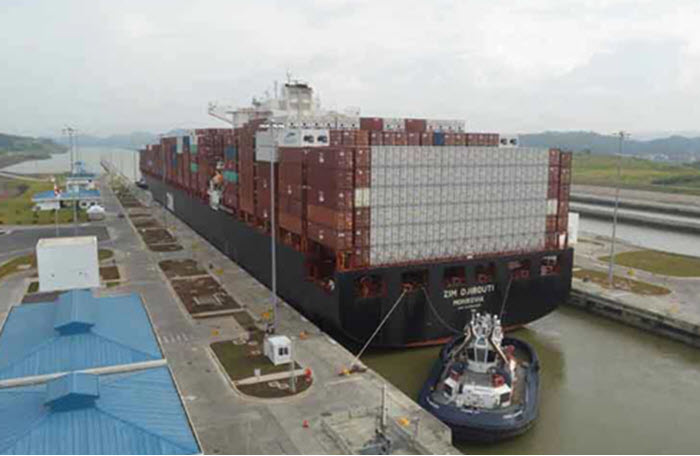In compliance with the constitutional mandate to operate profitably, the interoceanic waterway is obliged to transfer its economic surpluses to the National Treasury after covering the costs of operation, investment, operation, maintenance, modernization, expansion and reserves necessary for contingencies as provided by law.
It also has to deliver the tolls per net ton charged to vessels that use the canal, which in the last fiscal year amounted to 469 million tons, representing a record and increase of 6.2 percent over the previous year, exceeding forecasts.
Total revenue in the period was $3.3659 billion dollars, a large part of which was from toll collection, mostly driven by container ships, which after the opening of the expansion impacted favorably on the high volumes of goods moved.
Ships transporting liquefied natural gas and liquefied petroleum also registered an increase of 32.5 and 12.3 percent, respectively, the highest growth rates with respect to 2018. According to the Panama Canal Authority, the 2019-2020 cruise season, which began in early October on the Island Princess ship, foresees 258 cruises and a record number of neopanamax (mega-boats that can only pass through the expansion) and, therefore, visitors to the country.
